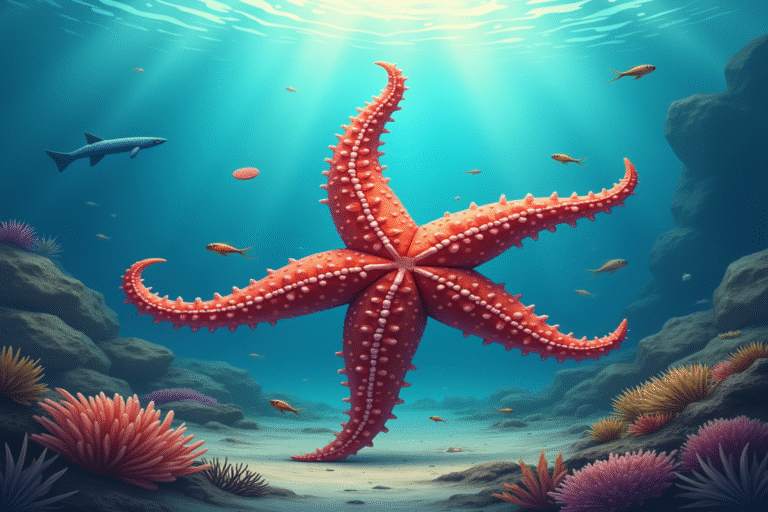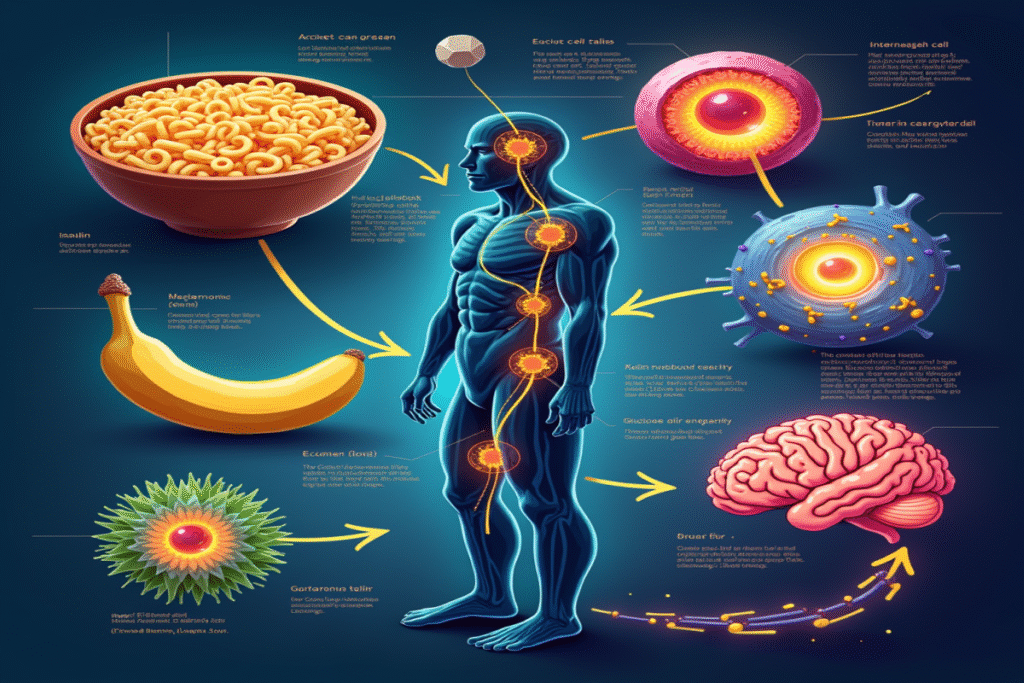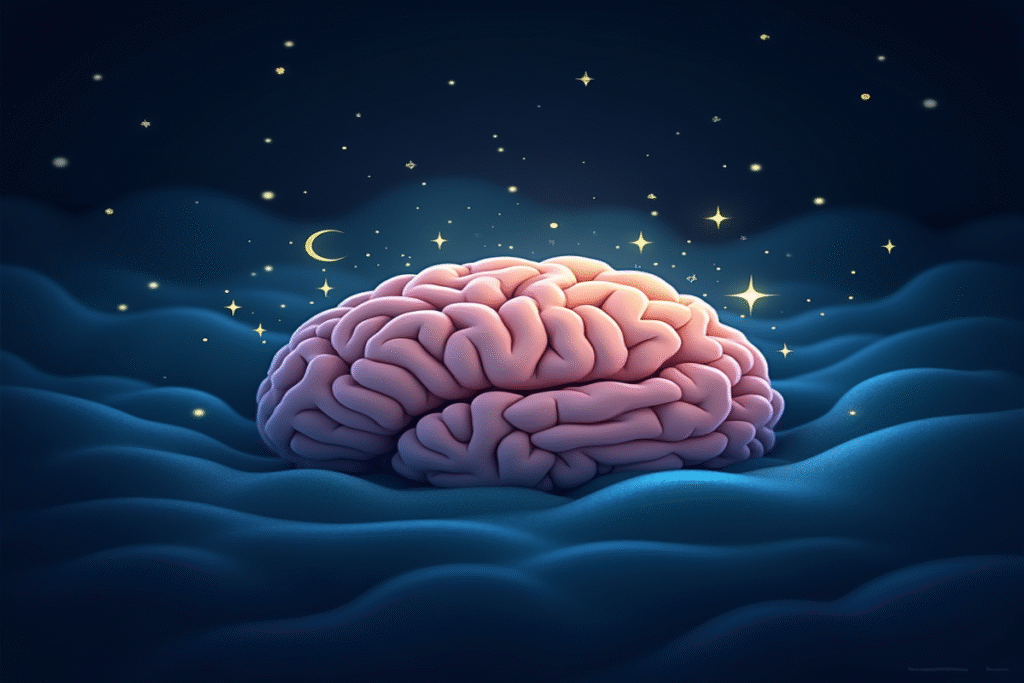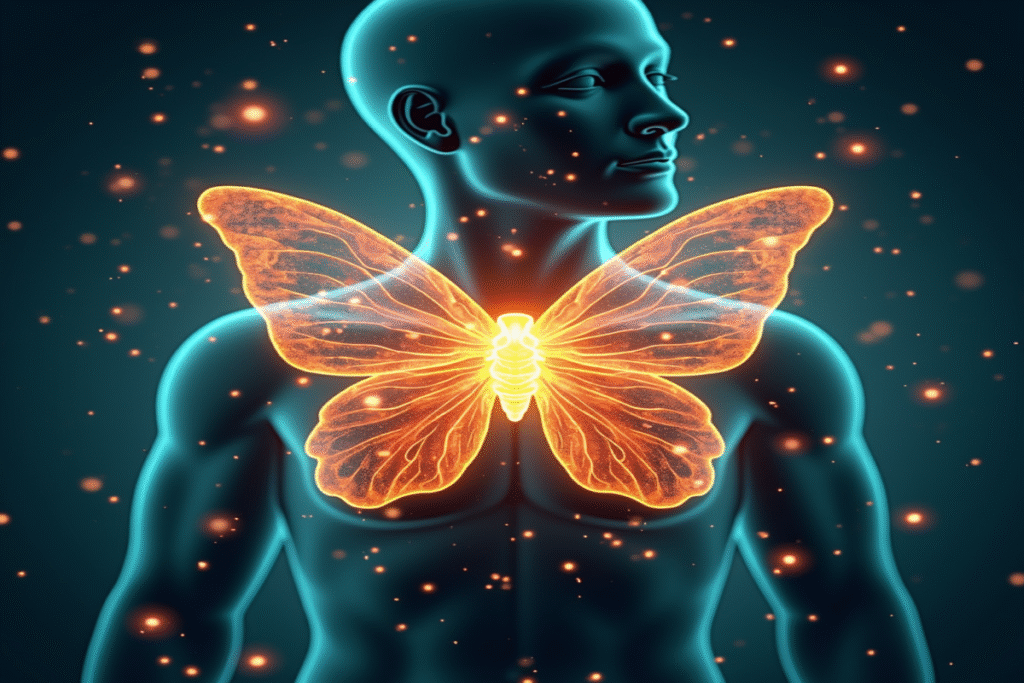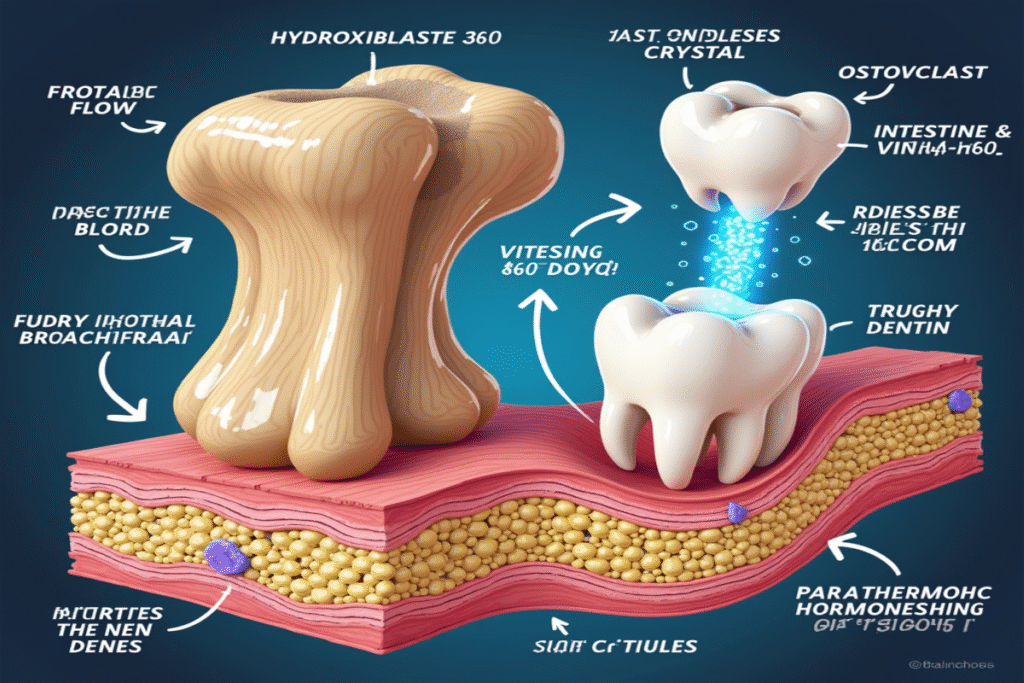When a starfish loses an arm to a predator or injury, something remarkable happens—it grows a new one. This extraordinary ability, called regeneration, is one of the most powerful healing mechanisms in the animal kingdom and holds profound potential for human medicine and biology.
The Remarkable Regenerators of the Ocean
Starfish, more accurately known as sea stars, are members of the echinoderm family—marine animals known for their five-point symmetry. These creatures have regenerative abilities that far surpass those of humans. In some species, a single arm with a portion of the central disc can grow into an entirely new sea star!
This is no minor repair. When a sea star regrows an arm, it rebuilds complex structures: nerve networks, digestive organs, reproductive tissues, and even the small tube feet that let it move and capture prey. Even more impressive, sea stars have no centralized brain, yet they coordinate this complex regrowth flawlessly.
The Science Behind the Miracle
When a sea star loses an arm, a carefully coordinated process begins:
- Wound healing – The animal quickly seals the injury and forms a protective layer.
- Dedifferentiation – Specialized cells near the wound revert to a stem cell-like state.
- Blastema formation – These rejuvenated cells multiply, forming a growth region called a blastema.
- Redifferentiation – The new cells specialize to remake lost tissues.
- Morphogenesis – The new arm takes shape, growing from a small bud to a fully formed limb.
Scientists are fascinated by the genetic machinery behind this process. Sea stars activate special genes that control regeneration. Many of these genes have equivalents in humans but are mostly inactive in us. For example, the Wnt/β-catenin pathway, which controls cell growth and specialization, is involved in both human and sea star development.
What Makes This Possible?
Key biological features enable sea star regeneration:
- Cellular plasticity – Their cells can change functions more easily than human cells.
- Distributed organ systems – Vital organs often stretch into several arms.
- Lower complexity – While still intricate, their tissues can be reconstructed more readily.
- Efficient immune response – They heal without forming scar tissue, unlike mammals.
Evolution’s Purpose: Why Regenerate?
This amazing trait evolved as a survival strategy. When threatened, some sea star species can drop an arm—a process called autotomy—allowing them to escape from a predator. Regeneration allows them to regain the lost limb over several months.
Even more astonishing, some sea stars can reproduce asexually through regeneration. One arm with part of the central disc can grow into a whole new sea star, essentially cloning itself after being split.
The Human Connection: Medical Possibilities
Our fascination with sea star regeneration goes beyond curiosity. By understanding how sea stars activate their regeneration genes—many of which humans also have but rarely use—scientists hope to open new healing possibilities.
Potential breakthroughs include:
- Better wound healing without scarring
- Regeneration of damaged organs
- Treatments for degenerative diseases
- Limb regeneration for amputees
- New approaches to repairing spinal cord injuries
Researchers have identified specific molecules in sea stars that guide regeneration. For example, the hedgehog protein, which has a human version vital for embryo development, is being studied to see if boosting similar pathways in people could spark regeneration.
Current Frontiers in Regeneration Research
Today’s scientists use advanced tools to study sea star regeneration. CRISPR gene editing helps pinpoint which genes turn on during each stage. Single-cell RNA sequencing reveals exactly how individual cells change and behave during regrowth.
One exciting finding is that sea stars keep some cells in an “alert” state—ready to transform into any tissue type as needed. In humans, stem cells are more limited in what they can become, but unlocking such flexibility in people could revolutionize healing.
“What’s particularly exciting is that we’re finding many of the genetic pathways involved in starfish regeneration have human equivalents. The difference is that in humans, these pathways are typically only active during embryonic development. Understanding how starfish maintain this regenerative capacity throughout their lives could be transformative for medicine.”
— Dr. Elena Navarro, Marine Biologist
Beyond Sea Stars: A Broader Perspective
Sea stars aren’t the only animals that regenerate. Salamanders can regrow limbs, zebrafish can repair injured hearts, and planarian flatworms can remake their entire bodies from tiny pieces. Each animal teaches us something unique, but sea stars are especially useful for research because of their mix of simplicity and regenerative power.
By studying these different strategies, scientists hope to find shared tricks that could be awakened in humans. While our bodies can partly regenerate—like liver tissue repair, bone mending, and skin healing—the aim is to greatly enhance these abilities.
The Future of Regenerative Medicine
As we learn more from sea stars, the dream of transforming human healing grows closer. Imagine a future where amputated limbs regrow, damaged hearts fully heal, or spinal cord injuries are reversible.
Although we’re not there yet, sea stars show us what might be possible and offer important clues as we move forward. These marine wonders remind us that groundbreaking discoveries can begin with the simple act of observing a sea star regrowing its arm in a quiet tidal pool.
The next time you see a sea star on the shore or in an aquarium, take a moment to marvel not just at its appearance, but at the healing miracles unfolding within its cells—miracles that may one day help us heal ourselves.
